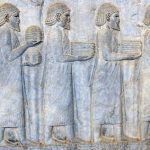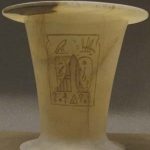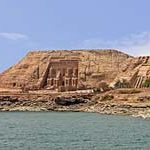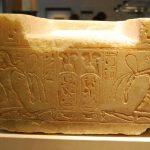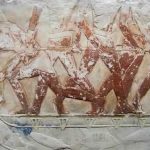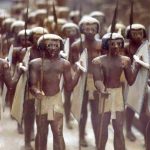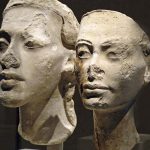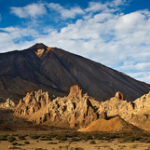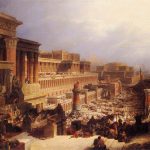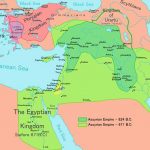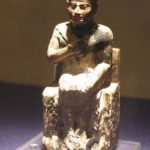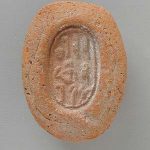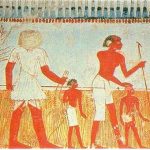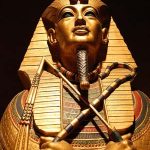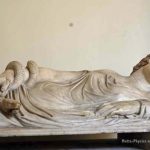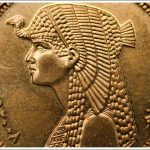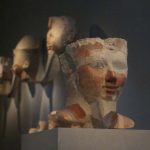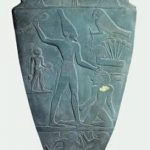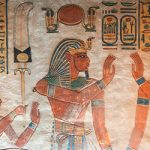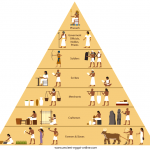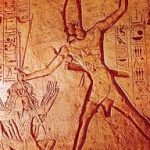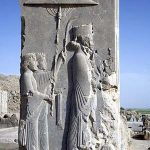Monuments
One of the ways Pharaohs are remembered are by the monuments they leave behind. Since Hatshepsut had her husband’s name removed from many monuments, it’s hard to determine what was originally built by him. However, a few monuments do remain including some in Kumma, Semna and Elephantine. The largest monument credited to his reign is a limestone gateway at Karnak. At one time, it was at the front of the 4th pylon’s forecourt. During his reign, he erected a festival court for the ancient Egyptians here. Unfortunately, for Thutmose II, the blocks used for this gateway were eventually taken down and used as a foundation for Amenhotep III.
Thutmose II and his wife, Hatshepsut, are depicted both together and separate in scenes on the Karnak gateway. Many historians believe that Hatshepsut was the real power of Egypt even during Thutmose II’s reign. Hatshepsut claimed that her father (Thutmose I) wanted them to rule together. Plus, both foreign and domestic policies were similar during Thutmose II’s reign and during Hatshepsut’s reign afterward.
Thutmose II’s Mummy and his Burial Chamber
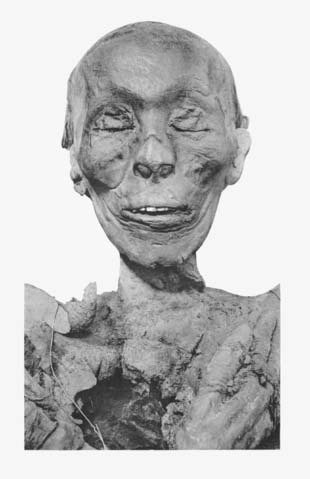
© G. Elliot Smith – The Mummy of Thutmose II
Neither a royal tomb nor a mortuary temple for Thutmose II has ever been identified. His mummified body was found with the royal cache of mummies at Deir el-Bahari (also referred to as the Theban Necropolis). The royal cache held nearly 20 other mummified kings.
Thutmose II’s mummy was in poor shape when it was unwrapped in 1886 by Gaston Maspero. It had been severely damaged after his death by ancient tomb robbers. Thutmose II’s face and the shape of his head resembled Thutmose I’s very closely, indicating that he was the king’s son. Thutmose II died in his early 30’s. He had a skin disease that could not be covered by the act of embalming. His skin had patches and was covered in scars.
The state of Thutmose II’s mummy revealed that he was a weak man. His thin body was shrunken and appeared to lack muscle. His skull was bald in patches. These conditions in addition to the condition of his skin were likely due to a disease that killed him.



